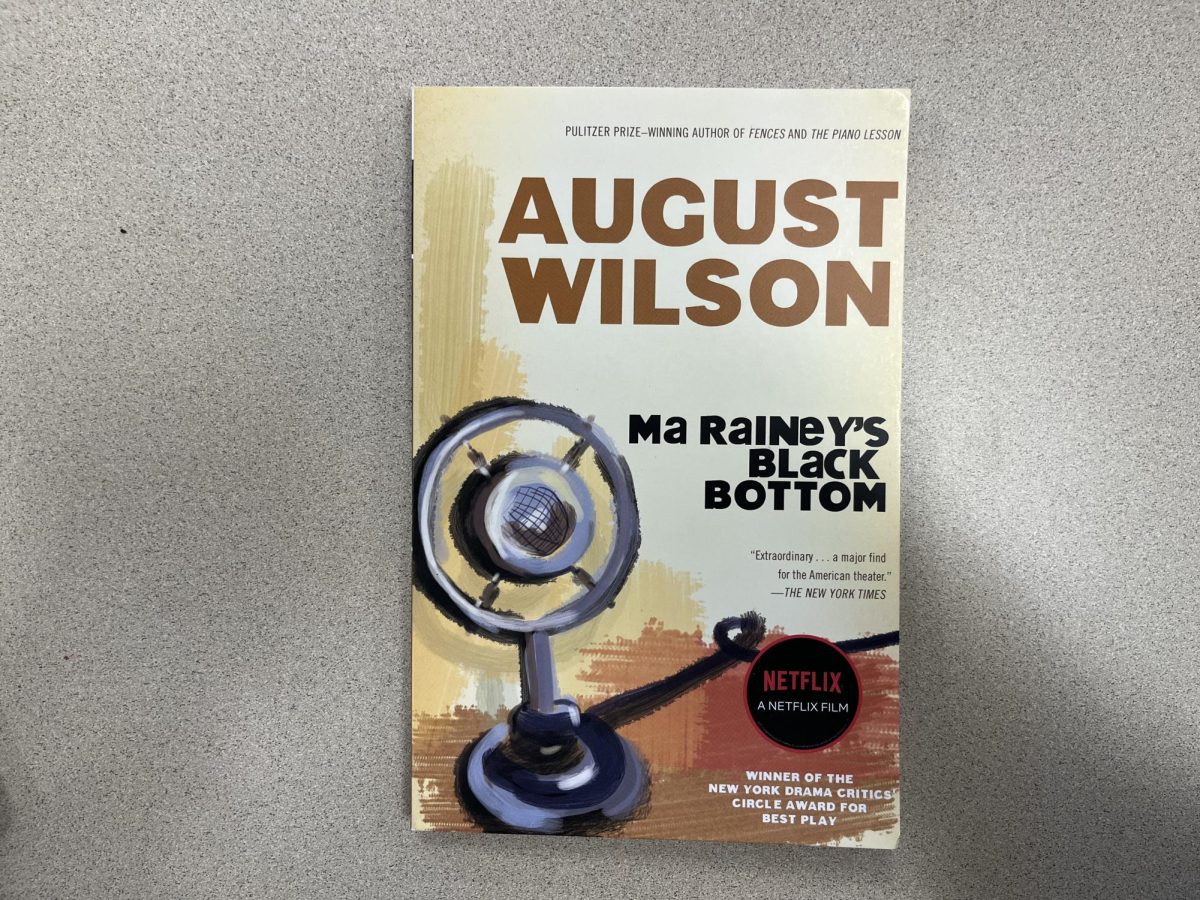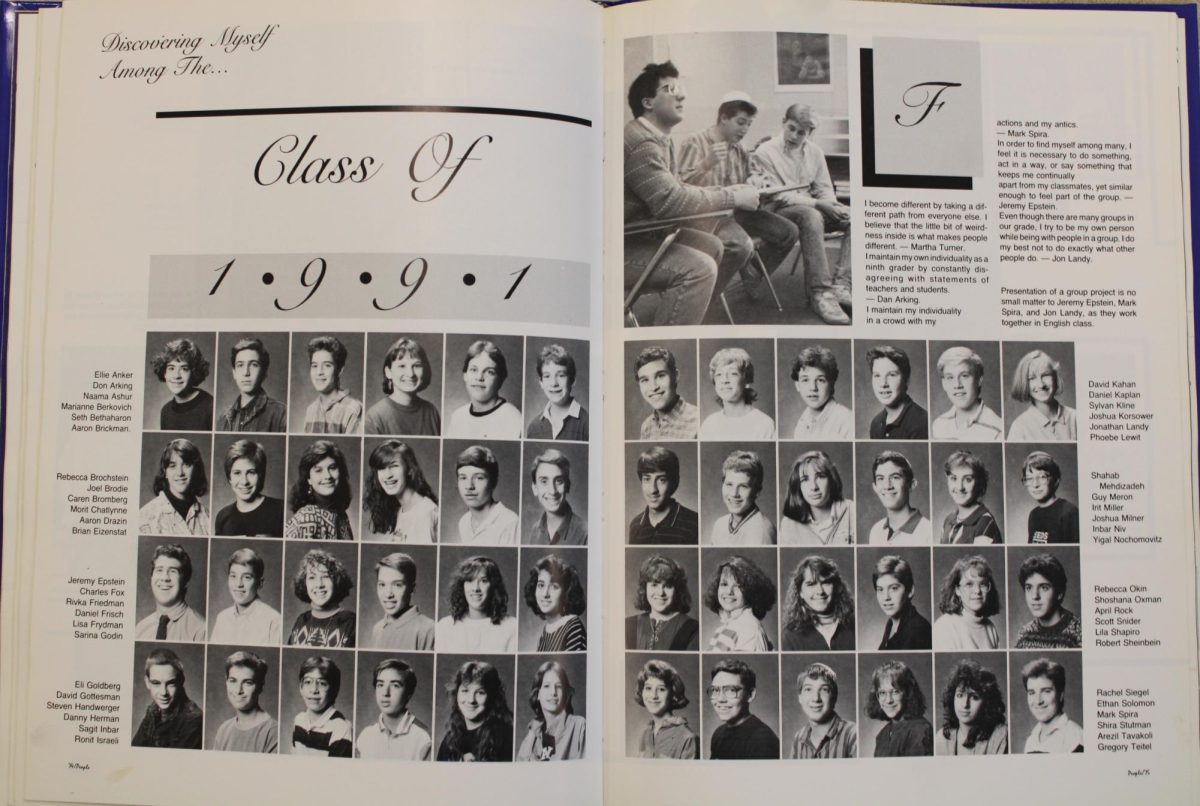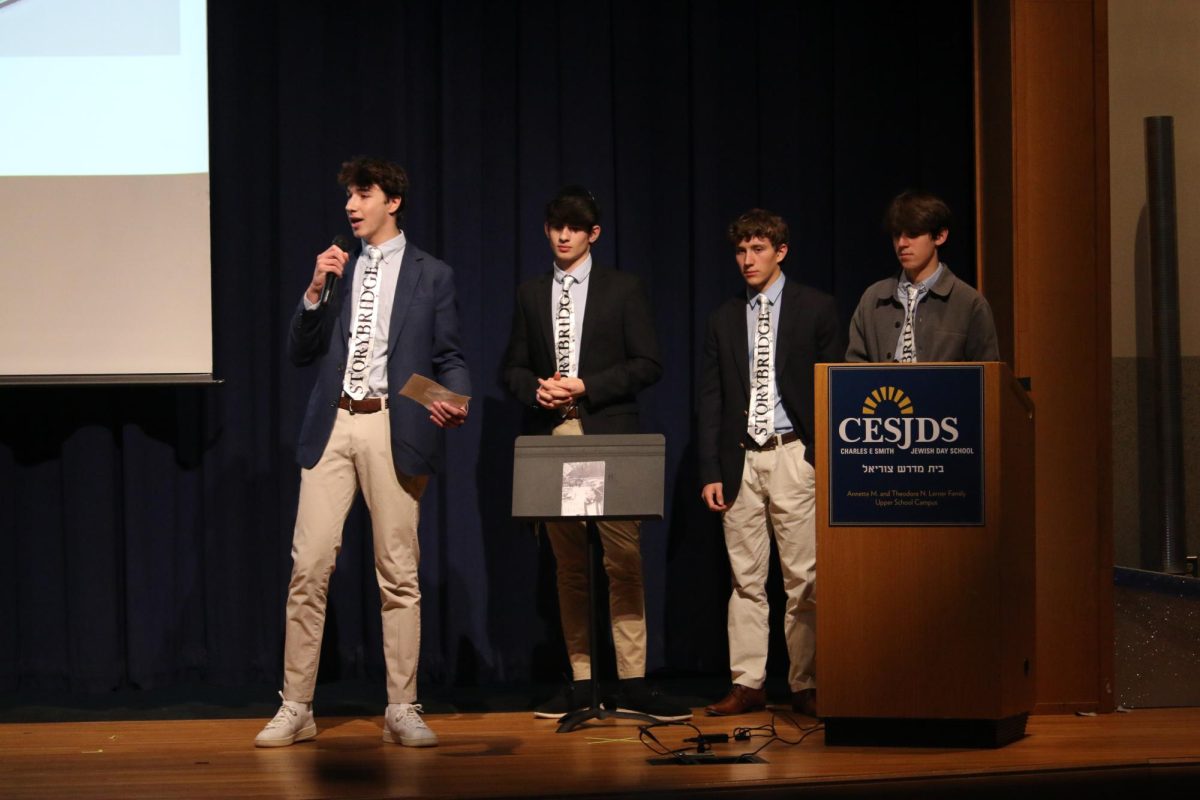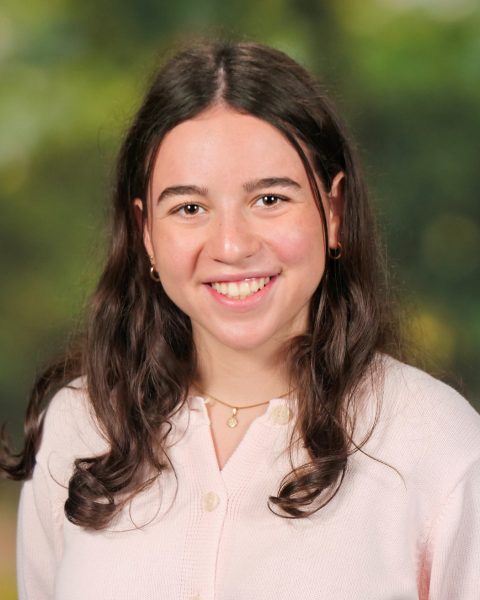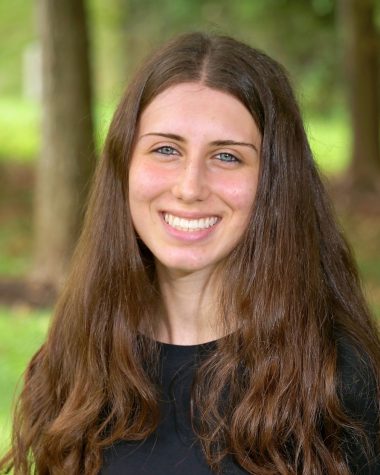As a way to delve deeper in their curriculum of understanding Black voices, the junior ECP English students welcomed Founder and Co-Director of Exploring Black Narratives (EBN) Lonnie Firestone (‘97), teaching artist William DeMeritt and actor Ron Emile throughout the week of Dec. 4-8. Firestone, DeMeritt and Emile, who all traveled from out of the area to come to CESJDS, led immersive workshops for the students on the play they are reading, “Ma Rainey’s Black Bottom.”
EBN, a curricular program at Jewish day schools across the country that focuses on plays and famous texts by Black writers, started during COVID-19 as an afterschool zoom activity for students interested in theater. But, as the isolation of COVID-19 progressed and the Black Lives Matter movement grew, Firestone saw the importance of conversation with those that people may feel different from, encouraging her to further build on the program.
“To be able to have conversations across areas of difference, to talk about race in nuanced ways, and importantly, to interview black artists who make these plays come alive, because theater is a really formative way to get rich conversations,” Firestone said.
Each EBN program is tailored to the particular school, but for most schools Firestone creates the curriculum for their specific unit and the teachers are there as observers. However, Firestone said that English Department Chair Thomas Worden is extremely collaborative and chose to help build the curriculum.
The focus of EBN correlates to the junior ECP English curriculum. “Ma Rainey’s Black Bottom,” which features blues legend Ma Rainey, highlights the exploitation of Black recording artists by white producers. Worden said that they read ‘Ma Rainey’s Black Bottom’ because of what it teaches about the reality of Black people’s experiences moving from the South to the North.
“It gives us that endpoint of the journey and allows us to talk about differences between migration and immigration from one country to another, or from within your own country,” Worden said.
The workshops were held during class time and at each workshop, the students worked with Firestone, Emile and DeMeritt. Over the course of the workshops, the students discussed the history of Black music in America. Emile and DeMeritt performed sections of “Ma Rainey’s Black Bottoms” and the students also had the opportunity to act out sections on their own.
“It’s one thing to watch a movie or see a play, but to actually try to step into that person’s shoes, especially if it’s someone who, racially [or] in a gender sense [is different from you],” DeMeritt said. “You’re finally seeing the world maybe for 30 seconds through that person’s point of view and hopefully that germinates something in you to make you a more empathetic human being.”
Worden agrees with DeMeritt that acting out the scenes allows students to get a more authentic understanding of other people’s experiences, strengthening students’ education on diversity.
“It’s really about diversity, equality and inclusion, and how we can, as a department, responsibly and powerfully help see different viewpoints,” Worden said. “…we actually have students embody the roles physically, physically walk in the shoes of someone other than themselves.”
For junior Navah Gris, Worden’s goal came to fruition. Gris found that the workshops gave her a stronger understanding of the book and enhanced the meaning of it.
“It helped me better understand the context of the book a lot…and [to be] able to have a professional actor come in and read the book was much more powerful,” Gris said.
Both Firestone and DeMeritt believe that now more than ever understanding other narratives is crucial. For them, theater is one way this goal can be achieved.
“It’s so important to not be too siloed in the sense of how we have communication and conversations with people who are not exactly like us,” Firestone said. “I think that theater and the arts get us there in a really helpful way because it takes some of the edge off talking about a topic if we’re embodying a character and we’re living in their language; you can understand a bit of where they’re coming from.”


